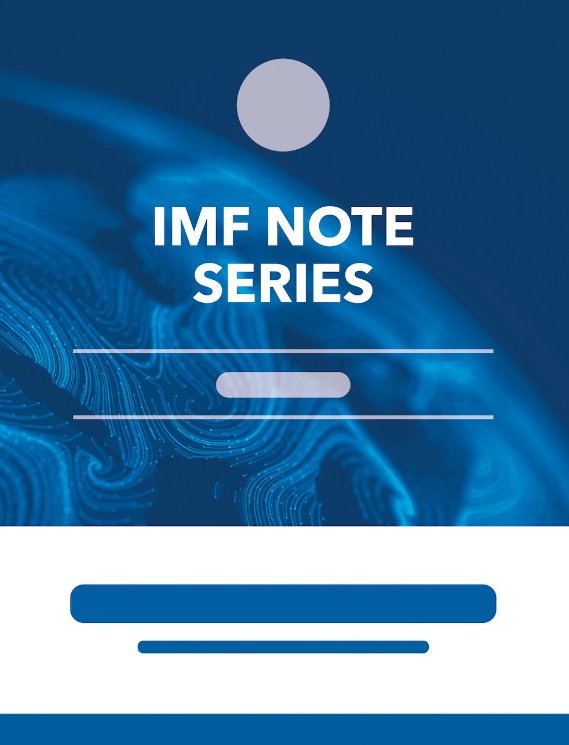Are Foreign Aid and Remittance Inflows a Hedge Against Food Price Shocks?
March 1, 2012
Disclaimer: This Working Paper should not be reported as representing the views of the IMF.The views expressed in this Working Paper are those of the author(s) and do not necessarily represent those of the IMF or IMF policy. Working Papers describe research in progress by the author(s) and are published to elicit comments and to further debate
Summary
This paper explores the role of foreign aid and remittance inflows in the mitigation of the effects of food price shocks. Using a large sample of developing countries and mobilising dynamic panel data specifications, the econometric results yield two important findings. First, remittance and aid inflows significantly dampen the effect of food price shocks in the most vulnerable countries. Second, a lower remittance-to-GDP ratio is required in order to fully absorb the effects of food price shocks compared to the corresponding aid-to-GDP ratio.
Subject: Balance of payments, Commodity price shocks, Consumption, Food prices, Household consumption, National accounts, Prices, Remittances
Keywords: aid, Commodity price shocks, Consumption, consumption volatility model, food price shock, food price shocks, Food prices, foreign aid, growth rate, Household consumption, official development assistance, outcome variable, remittance inflow, remittances, Sub-Saharan Africa, vulnerability, WP
Pages:
28
Volume:
2012
DOI:
Issue:
067
Series:
Working Paper No. 2012/067
Stock No:
WPIEA2012067
ISBN:
9781463938444
ISSN:
1018-5941







